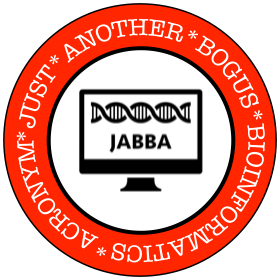On November 20th, on the last day of my employment at UC Davis, I gave an exit seminar. Jenna Gallegos, a PhD student at UC Davis — who works on the awesome Intron-Mediated Enhancement (IME) project under the supervision of Alan Rose — posted several tweets from my talk including this photo of one of my slides:
This tweet continued to generate interest (retweets, likes, and mentions) for most of the 20th November and for many subsequent days afterwards. The latest retweet of this tweet was today: 16 days after the original tweet! I find this amazing especially as the original slide deals with the topic of genome assembly. At the time of writing the tweet has had 369 retweets and 277 likes
I'm pleased that people have found my jigsaw analogy useful. Some people commented that this isn't the best possible analogy and pointed out various ways that it could be more technically accurate (including suggestions of shredding copies of books and trying to piece together the original).
While I accept that this isn't the most scientific way of depicting the many problems and challenges of genome assembly, it is hopefully an accessible way of illustrating the problem. Nearly everyone has tried putting a jigsaw together, but not everyone has tried reconstituting a shredded book. My exit seminar was aimed at a very broad audience and so I pitched this slide accordingly.
People can follow Jenna on twitter (@FoodBeerScience) and should, at the very least, check out her awesome twitter bio. If you want to know more about her work, here is a recent review of IME that she wrote:

